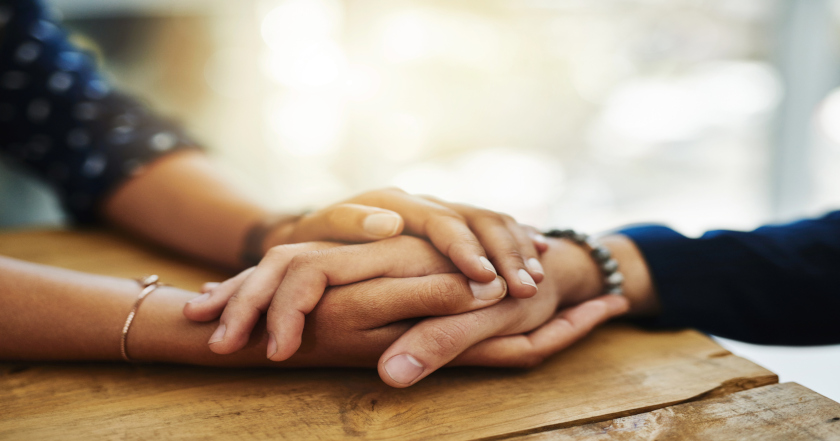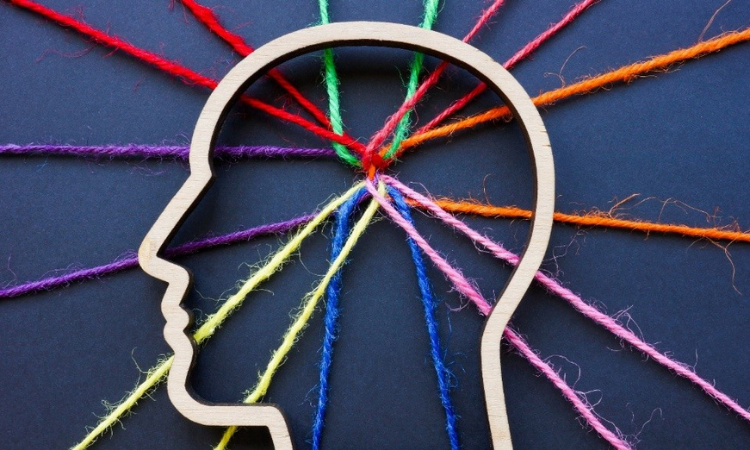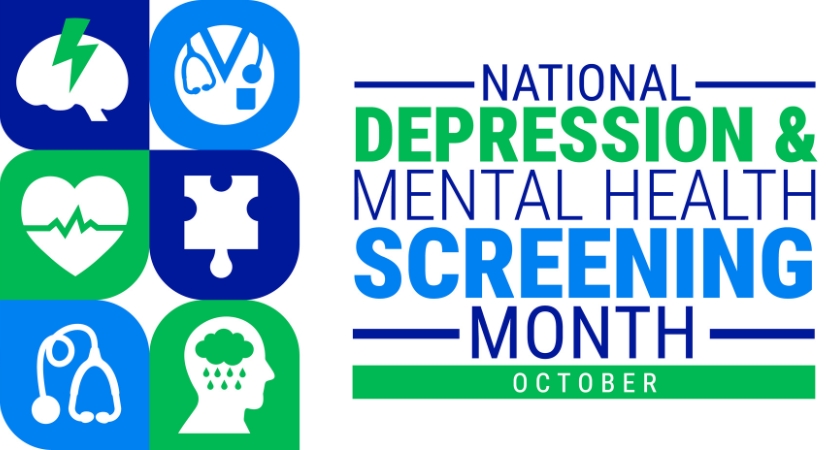Self-Harm: A Mental Health Illness Silently Affecting Our Hispanic Youth

“Scars tell the story of where you’ve been. They don’t dictate where you’re going” Life SIGNS and the Self-Injury Foundation.
According to the Crisis Text Line, when depression and anxiety lead to a tornado of emotions, some people turn to self-harm, looking for a release. Mental health illness, self-harm, and self-injury manifest in many forms of hurting oneself on purpose. Usually, when people self-harm, they do not do so as a suicide attempt. Instead, they self-harm as a way to release painful emotions.

Recognizing Self-Harm and the Triggers
Regardless of the reason one may self-harm, it requires that we all pay more attention to the signs when we see them. Engaging in self-injurious behaviors can be a way to cope with trauma, abuse, neglect, emotional pain, and stress. Nevertheless, it is not a safe nor healthy approach and can have long-lasting effects on someone’s life.
Challenges Our Hispanic Youth Face Daily
Social Workers see first-hand the barriers and limitations that Spanish-speaking individuals face when diagnosed with mental health illnesses. Finding a therapist who speaks the language may be a challenge for the Spanish-speaking population. They often do not seek services because of the language barrier, cultural differences, not having access to medical insurance or social stigma.
According to Mental Health America (MHA), between 13 and 23 percent of adolescents engage in at least one type of self-injurious behavior/self-harm. In addition, a study conducted by the Self-Injury Foundation found that suicide is now the second leading cause of death before the age of 25 and that 90 percent of self-injury and self-harm begin in adolescence.

Better Understanding the Mental Health Illness of Self-Harming
You may ask, “Why do adolescents self-harm?” or “What is self-injurious behavior?”
Self-injurious behavior or self-harm is how adolescents hurt their bodies to soothe the emotional/psychological pain they are experiencing. It is clinically known as non-suicidal self-injury. It is not about seeking attention as some people may think, it is more than that. It’s a method adolescents use to release the pain they are experiencing or as a coping mechanism.
Adolescents can engage in various forms of self-injurious behaviors and self-harm. For instance, cutting, burning, and headbanging are just a few physical ways. They can also harm themselves by abusing alcohol, and drugs, overeating, and partaking in risky activities.
The following statistics from The Self-Injury Foundation show the following:
- 70 percent to 90 percent of adolescents are performing skin cutting
- 21 percent to 44 percent are headbanging or hitting
- 15 percent to 35 percent are burning themselves
Help Raise Awareness for Our Adolescents Who Self-Harm
Self-injury is a subject that does not get much attention, and people may avoid talking or learning more about it. However, understanding non-suicidal self-injury is necessary, so possible or obvious signs do not get ignored.
If you know someone with a mental health illness or who may be engaging in self-harm, contact us today to request an appointment with our Behavioral Health Team. Get our adolescents the help they need!







